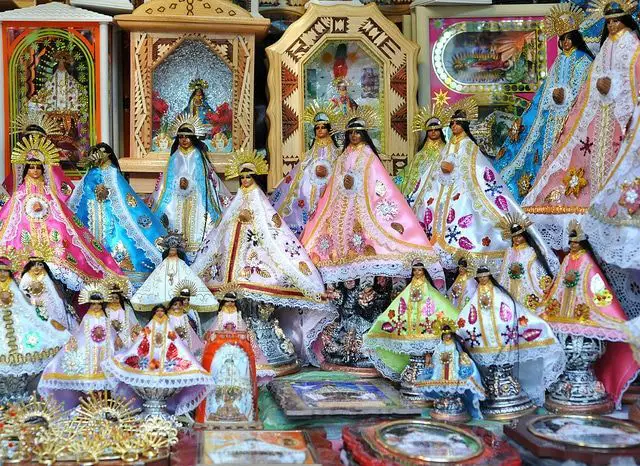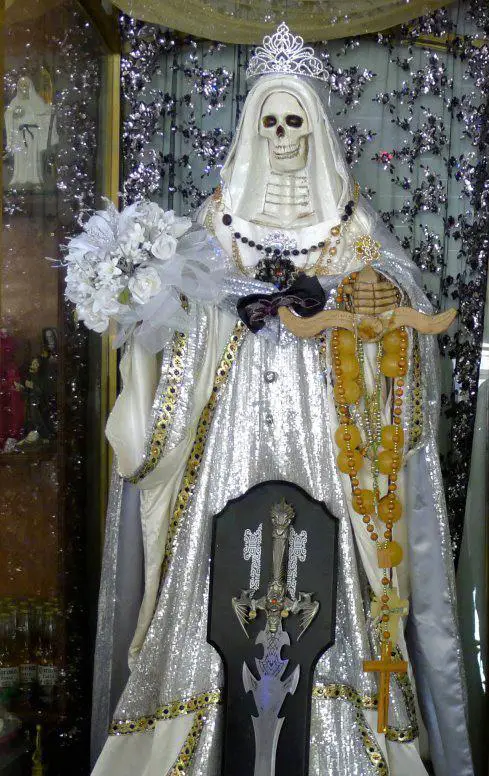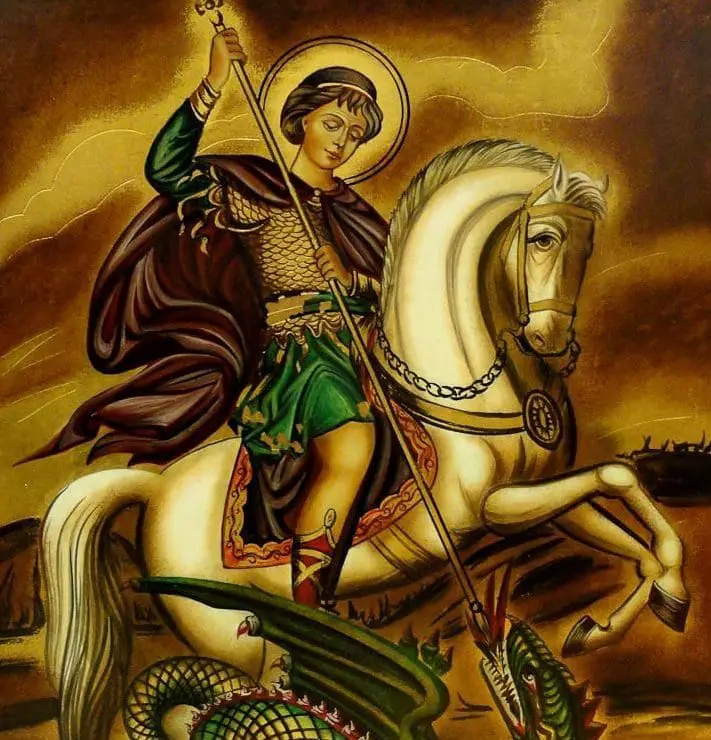Santeria is a derivative of the Yaruba religion, a religion that originated in Africa and has spread over a large part of the world, with South America being the continent where this religion is most practiced. Today we will talk a little about the signs of Santeria (see also: Santeria in Mexico).
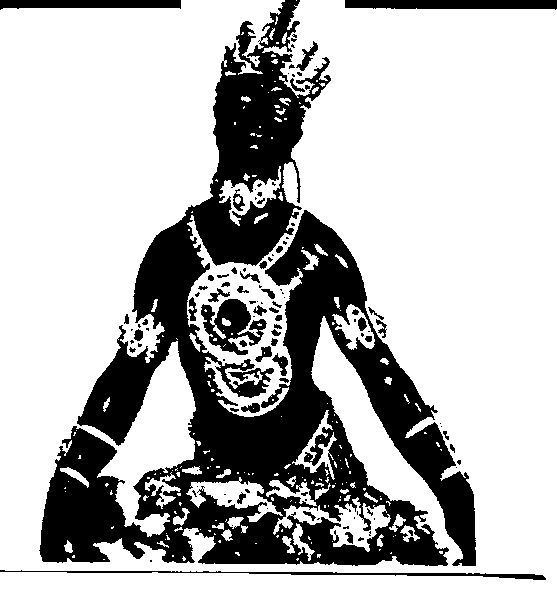
Meaning of Santeria Signs
I agree that if most people in the world would read a little more about the diversity of our history, they would realise a lot of things. Religion itself had its beginnings and since then all sorts of religions, sects and so on have arisen. In many cases they are an ethnic heritage, and it is too precious if these cultures are still active in our time.
The point is that since their origin thousands of years ago, a thought, a doctrine, a kind of language through signs and symbols has been born. The followers of any religion should know the basics of their religion so that when they want to bring other people into their religion, to teach them their doctrine, they have a solid basis.
In the ancient world, it was difficult to find a translator to communicate with these tribes or civilisations. Sign language was often used. Today we have found many examples that prove that in the past cultures used to write down their ideas and beliefs in signs and symbols carved on walls, rocks or anywhere else.
The idea of using symbols is to be able to transmit the idea of the doctrine to other cultures so that they can understand it, and it is also a way of representing their deities and to be able to represent in some way the power of the same or what they are.
It is difficult to imagine a religion today that has not used symbology and signs for its doctrinal practices, in fact all religions use them, each sign has its meaning and the people who practice it must know them to know what they are about when they have to use them.
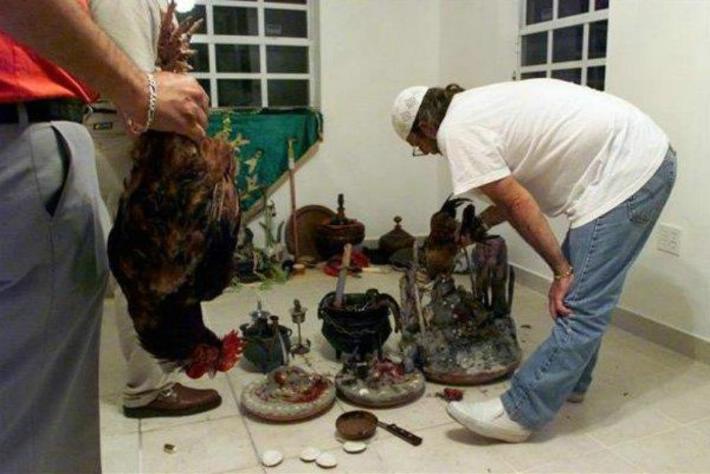
Santeria is one of the most recent religions and one that has gained more strength especially in Latin countries, and if we look at it, we can deduce from history that Santeria is not even a new religion, it has existed for a long time and could be much older than many religions of today.
Technically, Santeria sees deities as beings that once existed and died in battle in a very honourable way, although of course they also have their gods that were never living beings. Santeros have their own signs that they use to transmit their spiritual knowledge to the rest of the people, and they also use them in their rites and to communicate with all the deities of Santeria. We will now talk a little about some of the signs used in this religion:
Diloggun Okana Sign: The Okana sign in Santeria can mean two things. One is that it is death and therefore it means that the end will bring life, health and prosperity. This sign means that when you start in the world, there is no good if there is no bad, this is Ofelete Bilete, which means that there is a good, there is a bad. This letter says Okanasorde, sorde oke, sorde oma, sorde owo, batiosorde, ariku babawa. Elegguá, Shangó, Aggayú, Obbatalá and the Egguns speak.
Sign Diloggun Eyioko: This sign is represented by the number two; this symbol means the arrow between brothers, that is, from a new fruitful beginning comes the ability to finish. The opposite of this character is Eyeunle.
Character Diloggun Ogunda: The Ogunda is represented by the number three. This symbol means quarrel and tragedy over something special. It refers to the birth of war and the spread of Arayé throughout the Oggunda world. The counterpart of this symbol is the Osa (see also: Santeria in Colombia).
Sign Diloggun Ojuani: The number representing this sign is 11. This sign means to draw water with a basket and mistrust. The divine is the son of the devil. What this sign means is that the person should always try to help others and always avoid trouble because you are always in trouble.
Diloggun character Eyila: Eyila is represented by the number 12 and is born in Oggunda. The opposite of this sign is Metanla. It is a sign where Oshun, Shango, Aggayu, Eggun Eleggua, Aina speak. It is a sign where they speak of fire, of wars, where a fighting man finds someone to fight him.
Ifa
Among the Santeros there are the Ifas, those who practise this religion define it as a complex religious system of indeterminate origin, systematised in West Africa from the teachings of Òrúnmìlà, Irúnmòle, who are spirits of the Yoruba religion called Elérì Ìpin Ibìkejì Olódùmarè (Witness of all the choice of destiny, the second of Olódùmarè).
The Balawos, who are the fathers of the secrets, invoke Orunmila and Eshu to perceive the future and identify aspects of the lives of the people who consult them, and each Ifa sign contains one or more sayings that describe the generalities of the Oddun. So it is very important to know them in their entirety:
Baba Eyiogbe: There are many sayings used for each Ifa sign, here are a few from this sign: One king rules one people; Whenever music is heard, the sound of the bell will be louder than the other instruments.
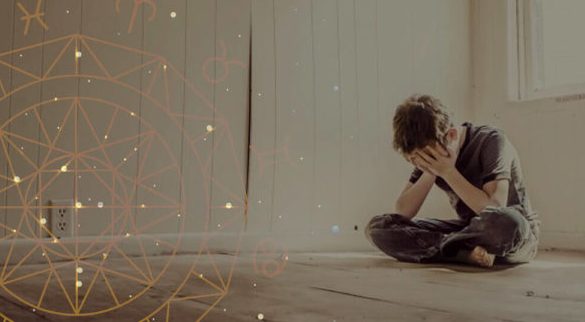
Ogbe Yekun: As I said, the Ifa signs have their sayings, and this one also has its sayings, which we will see below: There is no small man to do evil.
The head that does not want to go naked will find a hat when the market opens. He that will not be deceived, let him not be deceived.
Yoruba religion
Santeria is very important in some regions of South America, where it has many practitioners. Venezuela is one of the countries where Santeria is most practised, but it was not on this side of the world where it was born. The exact date and founders of the religion are not known, but what is known is that the Yoruba religion was born in West Africa, which is a set of spiritual beliefs and traditions originating from the Yoruba people.
The Yoruba were an ethno-linguistic people who lived in West Africa, mainly in Nigeria and Benin. The way in which this tradition and culture crossed land and sea borders to reach this side of the world has much to do with colonisation.
The Yoruba call their deities Orishas, the most famous of which is Shandó, known as the god of thunder, and it is known that Shandó was an ancestor of the Yoruba people who was deified after his death. The Yoruba believe that all the Orishas were people who did great things in this world while they were alive, hence their Pattakies, which means history and stories, who ascend to heaven after death to live with the absolute god Olofi.
It is estimated that there are around 400 gods in the Yaruba religion, and that each of them has a mission to maintain stability and firmness in the people who want to take their first steps in this ancestral religion. As mentioned above, there are many deities that the Yaruba believe in, around 400 gods. Below are some of the main gods of the religion: Abita, Aja, Babalu Aye, Egungún, Elegua, Eshu, Olokun, Shangó, and many others.
If you still have some doubts about what the Yoruba religion is all about and the signs it presents, I invite you to watch the following video where all aspects of this belief are explained in more detail.
At the time of the Spanish colonisation of Venezuelan territory, many slaves were brought from Africa to work tirelessly here in Venezuela. Despite being far from home, the Yoruba never forgot their traditions, culture and religion (see also: Santeria in Cuba).
The Yoruba continued to practise their religion even in these situations and shared it with other slaves from other parts of the world, so it was a mixture of cultural traditions and religion that gave rise to the different religions of Yoruba origin that are practised on this side of the world. Here in Venezuela there is the Venezuelan Santeria, but it is not the same as the one practised in Cuba, Colombia or Brazil, although the basic concepts are the same, but they have some variations that distinguish them from the others.

